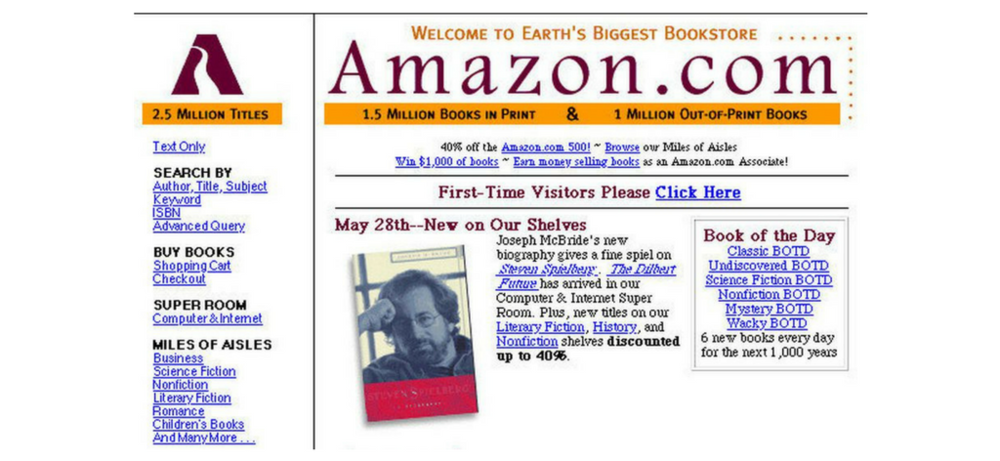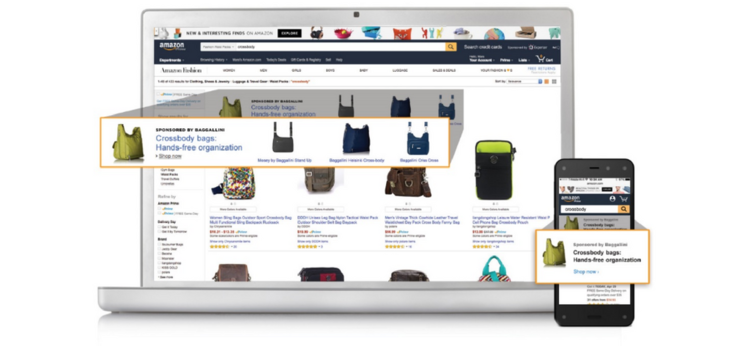National brands have competed with private labels from the beginning of retail history, and the emergence of a digital retail giant like Amazon doesn’t mean brands should cower and run for the hills.
Here’s how companies can compete on the giant retailer’s turf when Amazon is already ahead in the game.

BUILD STRONG CUSTOMER TRUST
Jason Goldberg, SVP of Commerce & Content at SapientRazorfish, called the new wave of private labels an ‘owned-brand’ strategy on a recent episode of his podcast. His advice is to avoid making “a carbon copy of the national brand and just put it on the product detail page.”
Instead, he says, the strategy should be to “create a product that has its own value proposition, and in many cases has competitive advantages versus the national brand. And then let’s market the hell out of it and make people want it.”
Goldberg’s podcast co-host Scot Wingo, Executive Chairman at ChannelAdvisor, agrees. “If you’re a brand, and you don’t believe your brand has enough value to stand out against a private label, then why are you even a brand?”
In order to compete, national brands need to focus on building brand equity and make themselves a more trustworthy option than other labels, including Amazon’s private labels. One way to do this is to provide value-driven or comparative content to show why consumers should choose your brand over the competition.
PROMOTE YOUR BRAND STORY TO BUILD CUSTOMER LOYALTY
By selling in their own marketplace, Amazon gains advantages that no one else has, including:
- The ability to rank their own products higher than other brands in search results
- Using competitor sales data to drive their own strategy and determine what’s popular
- Developing their own product lines to compete with the top contenders
- Getting valuable insight into buyer’s behavior that other brands don’t have access to
Since Amazon has access to an incredible amount of raw competitor data, they watch what national labels do, and then use this advantageous perspective to turn around and do it even better.
The strongest way for national brands to compete is by promoting their brand story.
Take Burt’s Bees for example. Their story began with a couple who turned their love of candle making and beekeeping into the iconic natural skin care brand it is today. By harnessing the power of their brand story, Burt’s Bees increased revenue to more than $153 million in 2017.
This success was fueled by the brand’s commitment to natural ingredients and premium product quality, which customers know about and may choose over competing labels like Amazon’s ‘Beauty Bar’ cosmetics.
Thanks to the constant promotion of a congruent brand story, when potential customers search on Amazon for quality skin care products with natural ingredients, they’re more likely to type in ‘Burt’s Bees’ instead of more generic terms such as ‘beeswax lip balm’ or ‘natural hand salve.’
This renders much of Amazon’s private label power irrelevant in the niche that Burt’s Bees operates in. Other brands can leverage the power of their brand’s story in their own niche using this success as an example.
LEVERAGE AMAZON’S OWN TOOLS TO DOMINATE SEARCH RESULTS
Do you remember when Amazon ONLY sold books?

Believe it or not, it’s been 20 years since Amazon first expanded their offerings and became ‘The Everything Store’ before growing into a massive Ecommerce giant with products competing in nearly every space imaginable.
Many national brands respond to Amazon’s encroaching presence by running a promotion - hoping it will drive sales. In response, Amazon uses lightning deals, coupons, and snags valuable advertising spots and preferential placements in search results to compete with even the most successful competitor promotions.
Amazon makes sure their products are seen first, and they offer the best deals as often as they want to. In order to compete against this advantage, make sure your brand name is as visible as possible by reaching for top search results with the tools already provided by Amazon.
For example, Amazon’s PPC (Pay Per Click) advertising platform allows brands to run sponsored products and headline search ads. This means you can pay to be in the top search spots so consumers find your brand first when they’re looking for specific products.
 Image Source: amazon.com
Image Source: amazon.comBrands should also make sure they understand how Amazon’s search algorithm works, and then target the highest volume keywords within their budget.
CREATE CONGRUENCE BY CONTROLLING HOW YOUR
CONTENT APPEARS IN AMAZON
Some national brand owners make the mistake of abandoning Amazon completely to avoid proprietary data sharing. Unless you’re an exclusive name with high-end products that most people can’t afford, chances are someone else will post your brand on Amazon and they’ll obtain your sales data anyway.
The truth is that people want to shop on Amazon. Taking your label off Amazon will not only lose you sales, but you’ll also relinquish control of your image and reputation to third-party sellers who may not set the correct standards when listing on Amazon.
Instead, accept selling on Amazon as part of your larger strategy so you can control your content.
For example, some products are categorized by Amazon incorrectly, which can affect the number of shoppers that see your listing. Make sure you check your listing categories carefully so you can control how your content appears on both Amazon and in the search results.
AMAZON HAS CHANGED THE PLAYBOOK, BUT IT’S NOT THE END
According to Goldberg, “if you’re in a world where the only way you can survive is if no one else competes with you, you’re at the end of your life.”
Your name has survived (even thrived!) against strong competitors before, and Amazon is just another contender.
With these key strategies in mind, staying competitive becomes much more manageable and you don’t have to accept crippling drops in sales. Not only will a solid, targeted strategy help boost your national brand’s potential, it also helps maintain the brand equity you already have.
.png)
